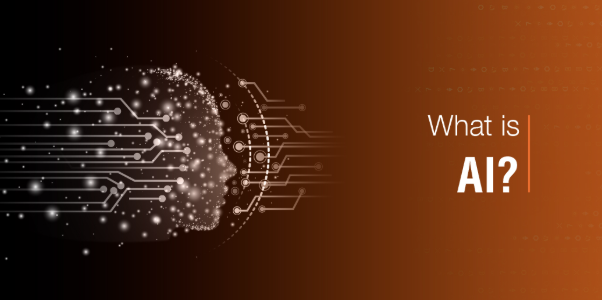Artificial Intelligence (AI) is rapidly changing the way we learn and teach. For beginners, understanding how AI works in the educational space can open up a world of opportunities. This guide is designed to help educators, students, and institutions start their journey with AI in education.
What is AI in Education?
AI in education refers to the use of machines and software that can simulate human intelligence to assist with learning, teaching, and managing educational tasks.
Examples include intelligent tutoring systems, automated grading, and virtual teaching assistants.
Why AI Matters in Education
AI can enhance learning by making it more personalized, efficient, and inclusive.
It helps students learn at their own pace, provides teachers with real-time insights, and supports schools in administrative tasks.
Key Applications of AI for Beginners
- Personalized Learning: AI recommends lessons and materials tailored to each student’s learning level.
- AI Tutors: Virtual tutors can assist with homework or explain difficult topics anytime.
- Automatic Grading: AI tools can grade tests, especially multiple-choice and short-answer questions, saving teachers valuable time.
- Chatbots: These can answer student questions about assignments or schedules 24/7.
- Language Translation and Accessibility: AI supports students who speak different languages or have disabilities.
Getting Started with AI in the Classroom
- Choose Simple Tools: Start with easy-to-use AI tools like Duolingo, Grammarly, or Quizlet.
- Learn the Basics: Take introductory courses on platforms like Coursera or edX to understand how AI works.
- Experiment and Observe: Try AI tools with small groups of students and monitor their impact.
- Focus on Ethics: Teach students about data privacy and responsible AI use.
- Get Training: Schools should provide training for teachers on AI tools and best practices.
Benefits for Beginners
- Saves time for teachers
- Helps struggling students catch up
- Improves engagement with interactive content
- Supports multilingual and inclusive learning environments
Conclusion
AI in education is not just for tech experts. With the right tools and mindset, anyone can begin using AI to make learning smarter, more engaging, and more accessible. Start small, stay curious, and grow your knowledge step by step.





Leave feedback about this